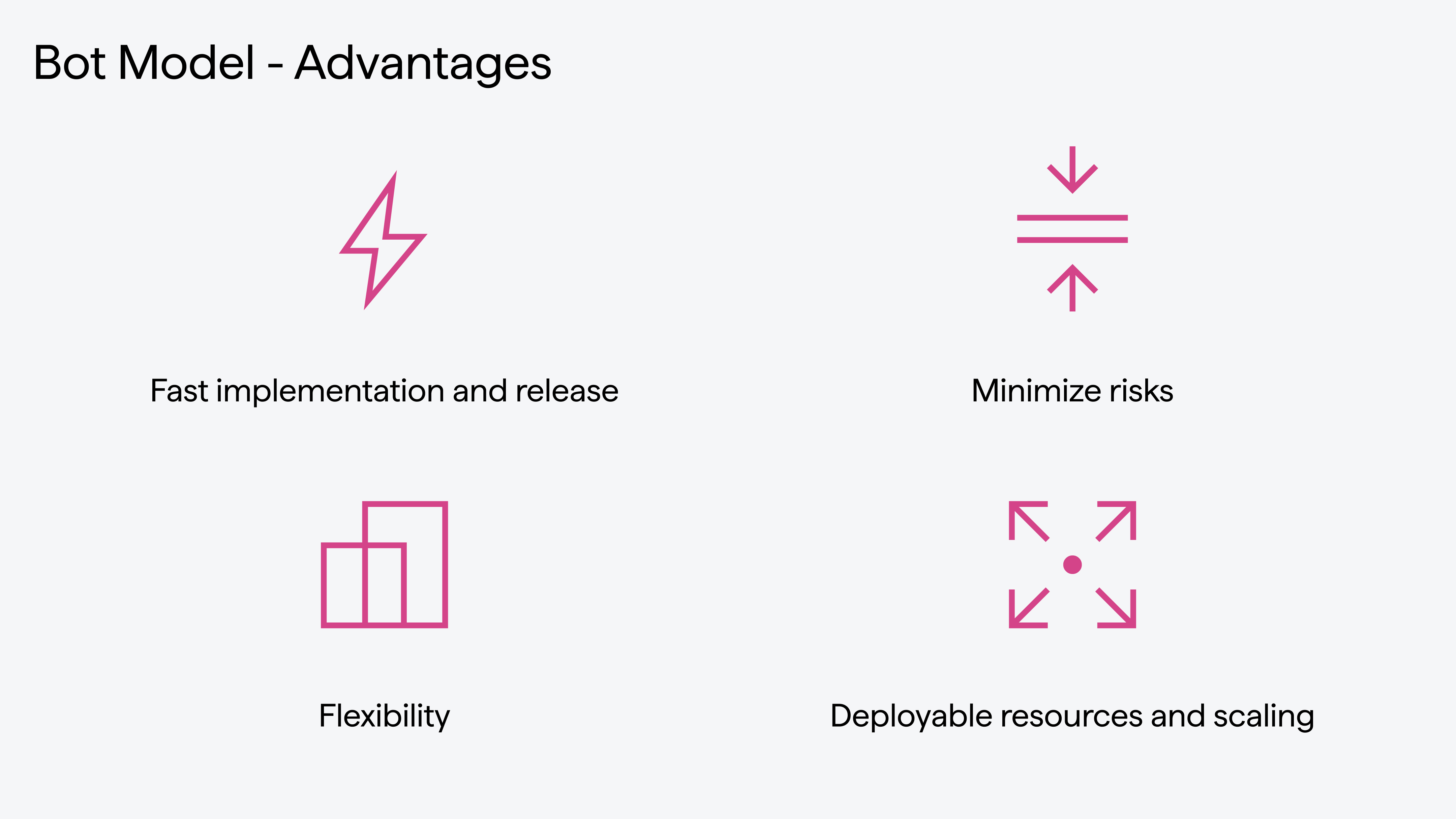Unified & scalable platforms – from complexity to clarity

We helped a VC- and Private Equity-backed EdTech company transform fragmented systems into a single, cloud-native platform, creating a strategic backbone for growth and seamless M&A integration. Our experience in M&A-driven transformations enabled consolidation of multiple entities, reduction of operational costs, and preparation for AI and machine learning deployment.
Fragmented Systems and M&A Complexity
In fast-scaling, VC-backed companies, the pressure is relentless: grow revenue, create synergies from M&A, and evolve toward recurring digital business models. Fund portfolio managers have a clear vision — but getting there is another matter.
While buying add-ons is easy, integrating them is complex. Even companies with €5–15M EBITDA often face hidden issues: fragmented systems, disjointed processes, and scattered data, all of which undermine scale and stall growth. Without a unified architecture, even rolling out AI becomes impossible — there’s simply no consistent platform to plug AI into.
And while investors dream of repeatable business and platform-level value creation, the operational reality is a long way from it.
Traditional multichannel support and manned call centers belong to the past. The future lies in zero-touch self-service, where automation, AI, and seamless human-digital collaboration deliver instant, intelligent experiences. But to get there, companies must evolve into true platform businesses — unified, data-driven, and architected for scale.
Unified and Scalable Platforms by Altimi
Altimi supports these companies in architecting and executing the transition to Unified and Scalable Platforms — a comprehensive approach to eliminating fragmentation and preparing for real scale.
- Our senior consultants, with backgrounds in VC, M&A, Hyperscaler-alumni, and ex-scale-up managers, work hand-in-hand with company boards and VC managers to:
- Define Blueprint Business Architecture aligned with the desired operating model supporting growth goals
- Translate the vision into a Next-Gen Cloud-Native Platform, unifying digital assets across acquired entities to unlock synergies
- Assemble a Managed Development Team and M&A Integration Team in a Design & Build model, accelerating delivery without overburdening internal staff
The BOT Model advantage
Our Build-Operate-Transfer (BOT) model plays a key role in these projects. After the transformation peak, clients often opts to acquire part of the Altimi team to ensure long-term continuity and secure IP — giving them not only the platform but the people who understand how it was built.

Scalable, AI-Ready Platform
The platform enabled rapid onboarding of new acquisitions, eliminated redundant and fragmented systems, and standardized operational processes across the organization. This allowed the company to consolidate additional entities efficiently, minimizing disruptions to ongoing operations while creating a unified technology ecosystem ready for scaling.
The client achieved accelerated post-M&A integration, full readiness for AI-driven initiatives and automation, and repeatable, scalable operations that allowed for fast adaptation to market changes and growing business demands.
The transformation delivered measurable business value, significantly reduced operational costs, improved the efficiency of teams and systems, and created a solid, long-term foundation for strategic growth and further enterprise expansion.
For VC-backed companies, the Build-Operate-Transfer (BOT) model is often the preferred path. Funds are laser-focused on growing enterprise value — and that means retaining IP, consolidating know-how, and building internal capabilities over time. With BOT, you accelerate today and own tomorrow.
Unified & Scalable Platform Transformations
What is a unified and scalable platform?
A unified and scalable platform consolidates fragmented systems into a single cloud-native architecture, standardizes processes, and enables AI and automation readiness while supporting scalable growth.
Why is platform consolidation important for VC- and PE-backed companies?
Consolidation reduces operational costs, eliminates redundant systems, improves efficiency, and allows rapid integration of new acquisitions, creating a strong foundation for strategic expansion and repeatable growth.
How does the Build–Operate–Transfer (BOT) model work?
The BOT model provides a dedicated team to design, build, and operate the platform. Once the platform is stable, the client can acquire part or all of the team, retaining IP, know-how, and operational expertise for long-term continuity.
What benefits can companies expect from a unified platform?
Companies gain faster post-M&A integration, full AI-readiness, repeatable and scalable operations, reduced operational costs, and measurable enterprise value growth.
Can this approach support AI and automation initiatives?
Yes, standardizing processes, consolidating data, and creating a unified architecture ensures the company is fully prepared for AI deployment and automation at scale.
Is this approach suitable for companies across industries?
Absolutely. While our example focuses on EdTech, the methodology and BOT model are applicable to VC- and PE-backed companies in various sectors facing system fragmentation and M&A complexity.



